Module 1 Pig Welfare, Slaughter and Biosecurity
7 Carcase dressing
Last Updated: 17 Jul 2023.
7.1 Standard operating procedure (SOP) for carcase dressing
Standard operating procedure (SOP) for carcase dressing
7.1.1 The site shall have standard operating procedures (SOP`s) that clearly define the desired quality attributes required for clean carcases.
7.1.2 All carcases shall be scalded, de-haired, singed and scraped to produce a firm, clean and undamaged rind.
7.1.3 Carcases shall be carefully opened, and the back-bone split centrally down to the head to enable complete removal of the spinal cord.
7.1.4 The ventral (belly) face of the carcase shall be opened carefully, either manually or by use of automated opening robots, to ensure that gut content does not contaminate the meat surface during viscera removal.
7.1.5 Minor gut contamination shall be removed by manual trimming.
7.1.6 Where carcases become heavily contaminated due to burst gut incidents e.g. excessive intestinal content spillage, they shall be standard operating procedures (SOP`s) in place that identify and segregate contaminated carcases that are excluded from the charter.
7.1.7 Viscera and pluck shall be removed in such a way that offal does not touch the working platform at the removal point.
7.1.8 A system shall be available for informing producers of any partial or complete carcase condemnation.
7.1.9 Records of communication of condemned carcases with the producer shall be retained.
7.1.10 The health mark shall be applied to each side of the carcase after post mortem inspection and in addition there shall be an identification number that confirms the slaughter date.
Guidance
For manual opening, the blade of the operatives’ knife may be inverted whilst opening the ventral face of the carcase to minimise the risk of inadvertently puncturing the viscera. Contact the BMPA for visual guidance on levels of burst gut contamination.
7.1.8 The system for informing the producer shall be appropriate.
Evidence
Visual inspection of process and carcases. Verify system for excluding heavily contaminated carcases from charter.
7.1.8 Examples of records of communication since the last audit.
7.2 Dealing with pigs not eligible for the Pork Charter
7.2.1 The site shall have standard operating procedures (SOP`s) in place for the identification, segregation, handling and forward traceability of pigs that are not eligible for the BMPA Quality Pork Charter.
7.2.2 There is NO maximum dead weight for boar carcasses. The processor will agree the dead weights they require to meet their customer requirements/specifications.
7.2.3 The charter participant shall record the P2 measurement of the carcase and make the information available to the further processor.
Guidance
The site shall demonstrate that pigs, which have been excluded from the charter, have not been despatched or further processed on site as BQAP.
Evidence
Review traceability systems, procedures, training and P2 measurement records since the last audit.
7.3 Chilling and storage temperatures
7.3.1 After post mortem inspection the carcases shall be transferred without delay to a temperature-controlled environment.
7.3.2 Storing hot and cold carcases in the same chiller shall be avoided.
7.3.3 The chilling regime shall be designed and monitored to ensure that the deep muscle temperature does not fall below +10°C during the first three hours of the cooling cycle.
7.3.4 The temperature of deep musculature shall be reduced to less than +5°C within 24 hours of the commencement of the cooling cycle and prior to further processing.
7.3.5 Air and deep muscle product temperatures shall be monitored and recorded to ensure ‘cold shortening’ is being controlled.
Guidance
It is important to ensure that sides are spaced evenly to ensure a continuous air flow around the side. Storing hot and cold carcases in the same chiller shall be avoided to prevent a build-up of condensation on the carcase and any potential rise in the internal temperature of previously cooled carcases from occurring.
The carcase temperature probe is invariably placed in the deep musculature of the hindquarter and/or forequarter. Carcase cooling profiles shall be established and verified. Air and product temperatures shall be monitored and recorded to ensure ‘cold shortening’ is being controlled.
Evidence
Visual inspection of chill store, copy of carcase cooling profiles. Copy of product temperature records covering the period since the last audit. As a minimum this may include annual cooling validation of each carcase chill when it is full.

